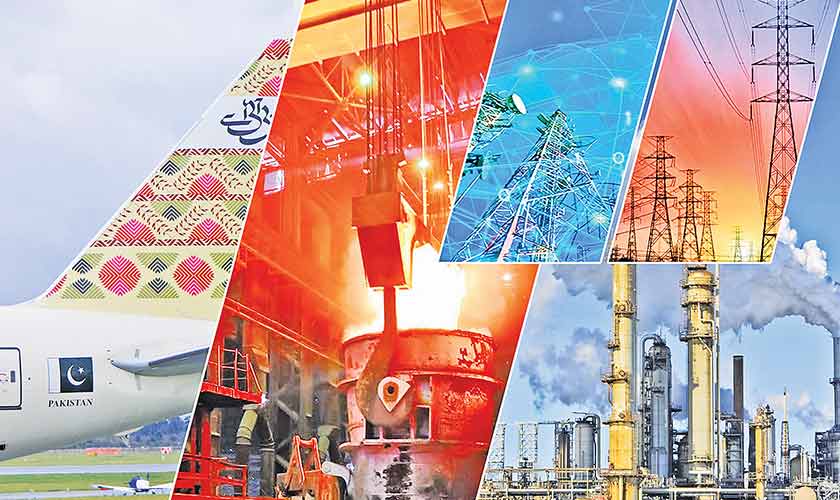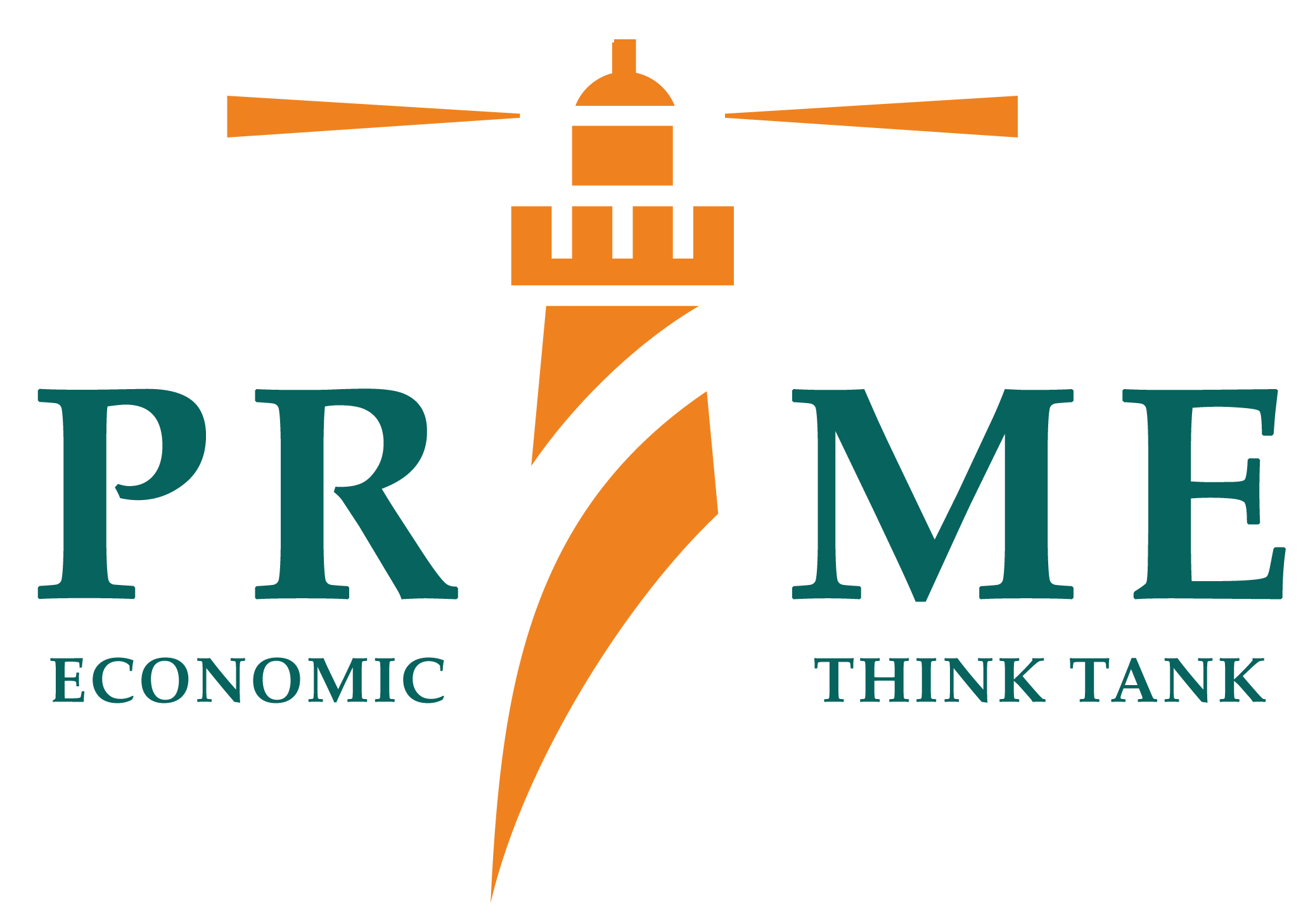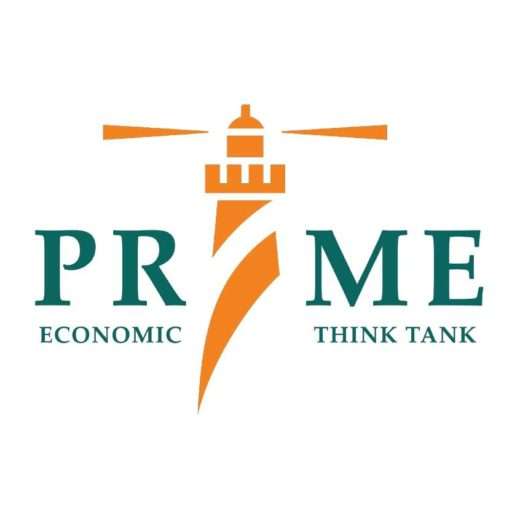Privatization of SOEs – A Story More of Failures

The issue of privatization of the SOEs is reflective of the complexity, ambivalence and indecisiveness of the public policy in Pakistan. These three traits are embedded in the politics and political struggle and form the core of political opportunism.
So, the fundamental question is how to decide: What to privatize and what not to privatize? What's the criteria? Also, why to privatize and why not to privatize?
Or, other than the security concerns, what criteria can be agreed upon regarding the question: what to privatize and what not to privatize?
In this regard, a historical review of the attempts at privatization of the SOEs reveals the two significant aspects the issue of privatization needs to be tackled with.
First is the theoretical and political side, and the other is the practical side of the issue of the privatization. Logically speaking, the second one depends on the theoretical and political side of the issue. That is, here in this case the issue of privatization depends on one's theory of state, that is, what political philosophy is working behind the various approaches to the issue of privatization.
But as is evident, mostly there is no theoretical and political clarity as the case of Pakistan Peoples Party shows; it favors both nationalization and privatization at the same time. Or it’s political populism that determines their politics.
That means there is too much confusion on the political front. As far as privatization of the SOEs is concerned, almost all the political parties position themselves as it suits them. Now they favor it and now they don’t.
It is only the Leftist groups that have political clarity and a clearly defined position regarding the privatization of the SOEs.
And there is another factor and that is, vested interests of various actors, such as labor unions, including the political actors.
So, to say, from the beginning, the state of Pakistan took itself as an all-powerful state, leaving no space for the private initiatives to try their hands. And somehow that was the expectation created by the political-electoral struggle also. That is how the statist political ideology formed and grew.
Though, Pakistan has never been a totalitarian socialist state, but the political adventurism made use of the recipe of a mixed-economy (the third way) dominated by the public sector (1971-76) in Pakistan. That wiped out the gains made out of an experimental approach by the state which believed in extending a helping hand to the nascent private sector (1958-67).
That dealt, and proved to be a devastating blow to the sentiment of the private investors both local and foreign for a long time to come. (The foreign investors that came to Pakistan sought such protections that in the longer term burdened the people unbearably.) And it is that environment that strengthened the Pakistani version of the ideology of statism: it is the state that has to do everything.
That thinking resulted in an economic legacy consisting of a heavier footprint of the state (more than 200 SOEs, and 70% state footprint), that includes from commercial SOEs to non-commercial SOEs and what not.
Then, economically speaking, the pendulum oscillated to the other side. A period of correction ensued: De-nationalization, privatization and liberalization provided an impetus to the economic and financial activities still benefiting the society at large (1978-1986).
Another fact that must not be ignored is that some commercial monopolies, such as Karachi Electric (KE), Pakistan Telecommunication Corporation Limited (PTCL), were privatized in a way that was like a monopoly changing the hands only, and that brought no benefits to the consumers. That strengthened the statist ideology since the privatization proved not beneficial.
Not surprising that the statist ideology still prevails. The voices of nationalization of this or that privatized SOE, for instance, KE, are still heard. And it is this ambivalence of political philosophy on the part of political parties and political circles that don’t allow the private sector to take root, and thus competition. No doubt, that environment influenced and nurtured a specific section of the private sector also that is dependent on the doles from the state.
In the final analysis, that ambivalence, instilled by the various political parties attempting privatization while in government and opposing it while not in government, that is, their opportunistic behaviour, and an anti-privatization environment, kept and keeps the state and its institutions confused as to the role of the state and indecisive as to the determination of the economic character of the state: To do business or not to do business.
Also, there is no clarity that how the privatization of the SOEs, by opening competition, brings not only political and economic stability, but prosperity also, and would allow the state to focus on its protective function.
Now even after 45 years, we are still considering of running the SOEs under this or that regulatory framework. We still lack and need theoretical-political clarity on the one hand, and on the other, equipping the government/political parties with regulatory tools that would help them accelerate and strengthen the process of privatization of the SOEs.
There is too less here to celebrate and too much to reflect on. No doubt, that’s the story more of failures.


